How Can I Tell If My Sewer Line is Clogged?
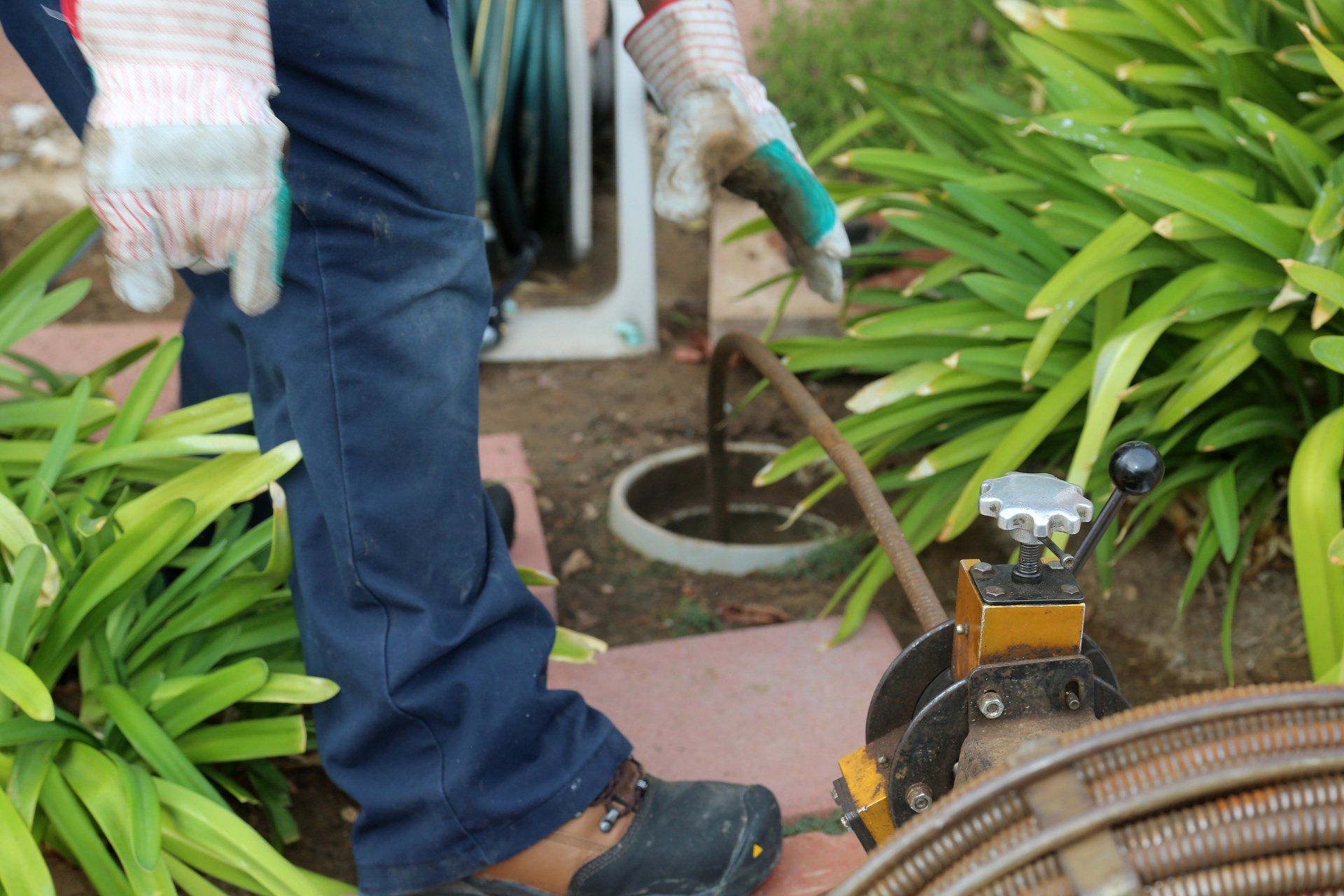
We all know how frustrating it can be when a drain in your home gets backed up. The first instinct most people have when a drain gets backed up is to grab a plunger to try to fix it themselves. Or, they scour the internet for quick and easy DIY home fixes. While we understand the urge to resolve the problem quickly, there are some situations where plunging can be completely useless — and most DIY solutions end up causing more harm than good.
We always suggest that you call a professional plumber if you have a drain clogged. Sometimes, a clogged drain is a symptom of a much larger problem — a sewage line clogged up. A sewer clogged up can lead to major household problems, including flooding and plumbing issues. But how do you know if you have a clogged sewer or a less severe problem?
Below, we’ll go over what a sewer line is, the causes of a clogged sewer, and the signs of a sewage line clogging, so that next time your plumbing is acting up, you won’t have to wonder, “Is my sewer line clogged?”
What Is a Sewage Line?
In your home, you have many pipes that carry water from the area. A shower drain, a bathroom sink, the kitchen sink, the washing machine, and the dishwasher all have pipes that lead to the main sewer line, or pipe. A sewage pipe is about 4 to 6 inches in diameter and is one main line that draws all the wastewater from your property and leads it to the sewage or septic system. Sewage lines are typically buried deep underground and far away from your home.
How Do I Know My Sewer Line is Clogged?
There are a few telltale tiles that you have a sewage line clogged up. The most common indicators of a clogged sewer are:
1) Multiple Clogged Fixtures
If multiple areas in your home are clogged and have water backing up at the same time, this is a big indicator that it’s not just one pipe, but your entire sewage line clogged up. Toilets usually get backed up first, but watch for shower and sink drains backing up at the same time, especially on the first floor, where pipes are low lying.
2) Dark and Foul-Smelling Water
When a pipe is leaking, the water will run clear. A clogged sewage line will cause dark and foul-smelling water to back up. This is because your sewage line is removing wastewater, and when you have a clogged sewer, the wastewater has no place to flow but back where it came.
3) Gurgling and Bubbling in Plumbing Fixtures
Hearing gurgling noises — and hissing, bubbling, or trickling — from any of your drains or seeing the water in your toilet bowl start to bubble is another sign that the sewage line is clogged up. When water travels through your pipes and gets flushed, it will naturally form air and water bubbles. When your sewage line is backed up, those bubbles get trapped and come back into your pipes and plumbing fixtures.
What Causes a Clogged Sewer Line?
The most common problems that lead to a sewage line becoming clogged are:
Damage to the pipe itself
Pipe damage can happen from corrosion, the soil shifting around the pipe, heavy traffic above the pipe, and leaking joints.
Tree roots
Tree root infiltration is the second most common reason for a clogged sewer. Older pipes were constructed out of clay and other porous materials, and as trees grow, their roots instinctively grow towards water sources. Roots can penetrate clay pipes, causing an obstruction.
FOG
Fats, oil, and grease — also referred to as FOG — should never be poured down any of your drains! You should always pour FOG into a can and let it solidify, and then throw it away. When it goes down your drain, it hardens and sticks to the inside of your pipes, leading to a sewer becoming clogged up.
Foreign objects
You cannot use your toilet as an ordinary wastebasket. Only waste and toilet paper should be flushed down it. Anything else will lead to a clogged sewer.
There’s no safe or effective way to fix a clogged sewer line yourself. And you shouldn’t try any fix-it jobs on your own, due to a sewer line’s location and major role in your entire plumbing system. If you suspect you have a clogged sewer line, contact Gainesville Mechanical today. We’ve been serving Gainesville, GA, and its surrounding areas since 1989 and are available 24/7.
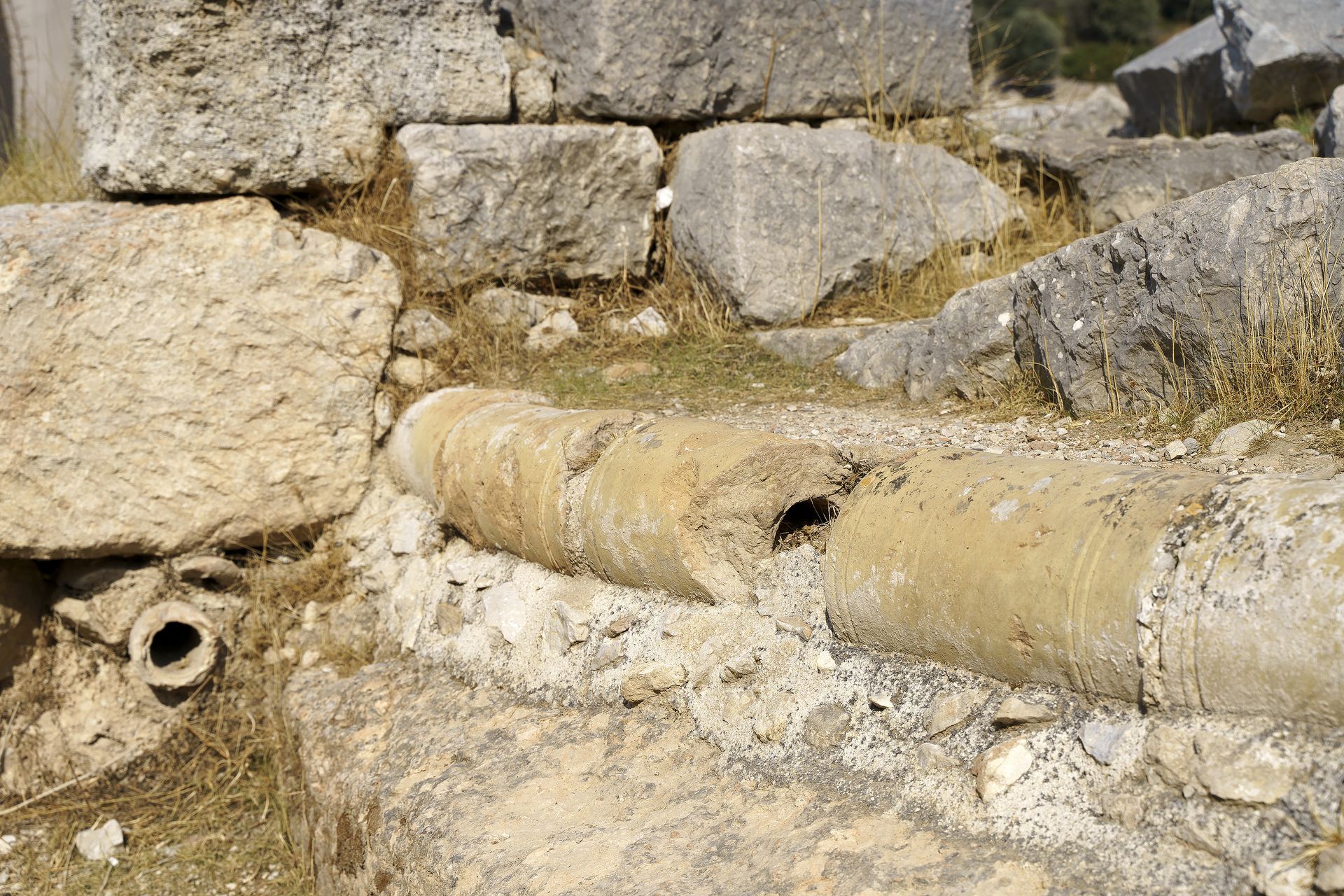
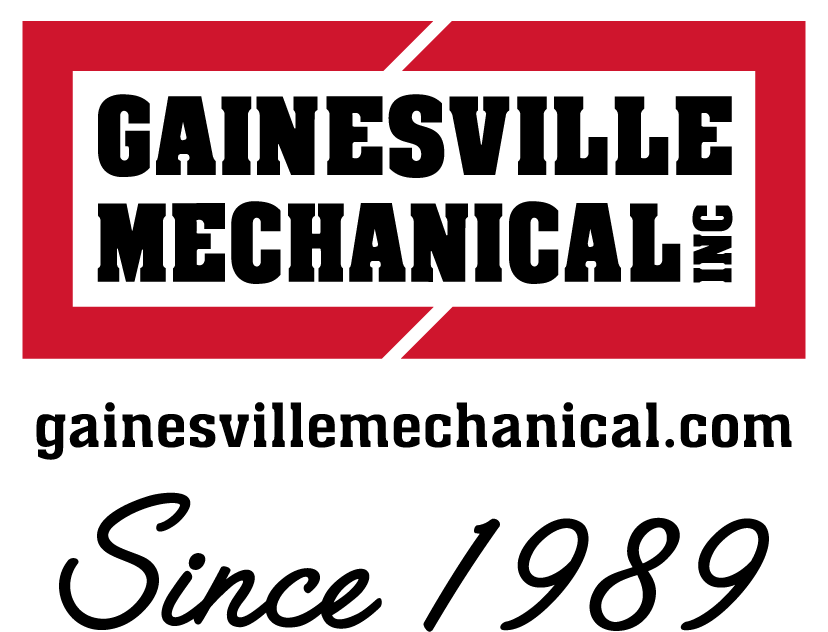

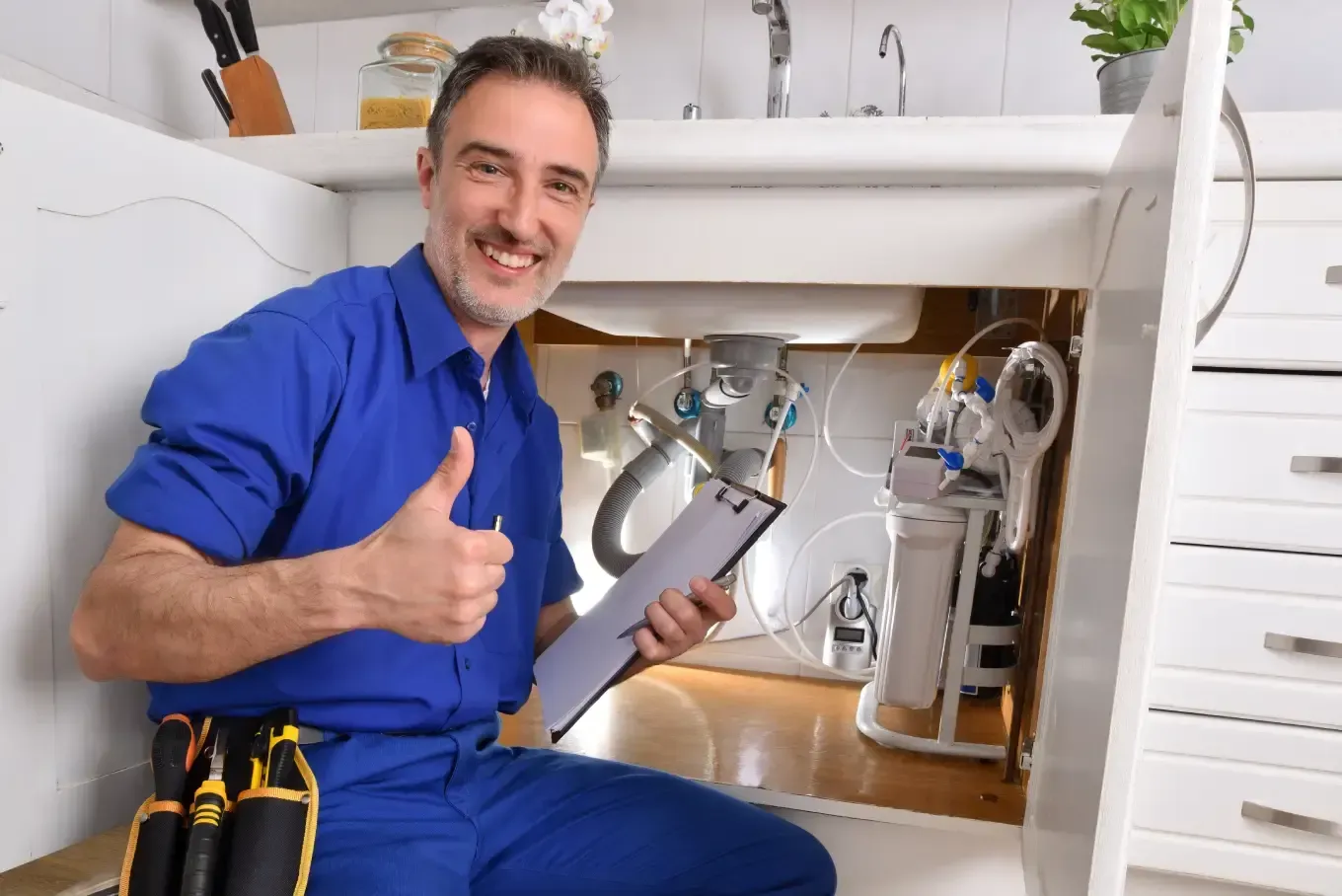
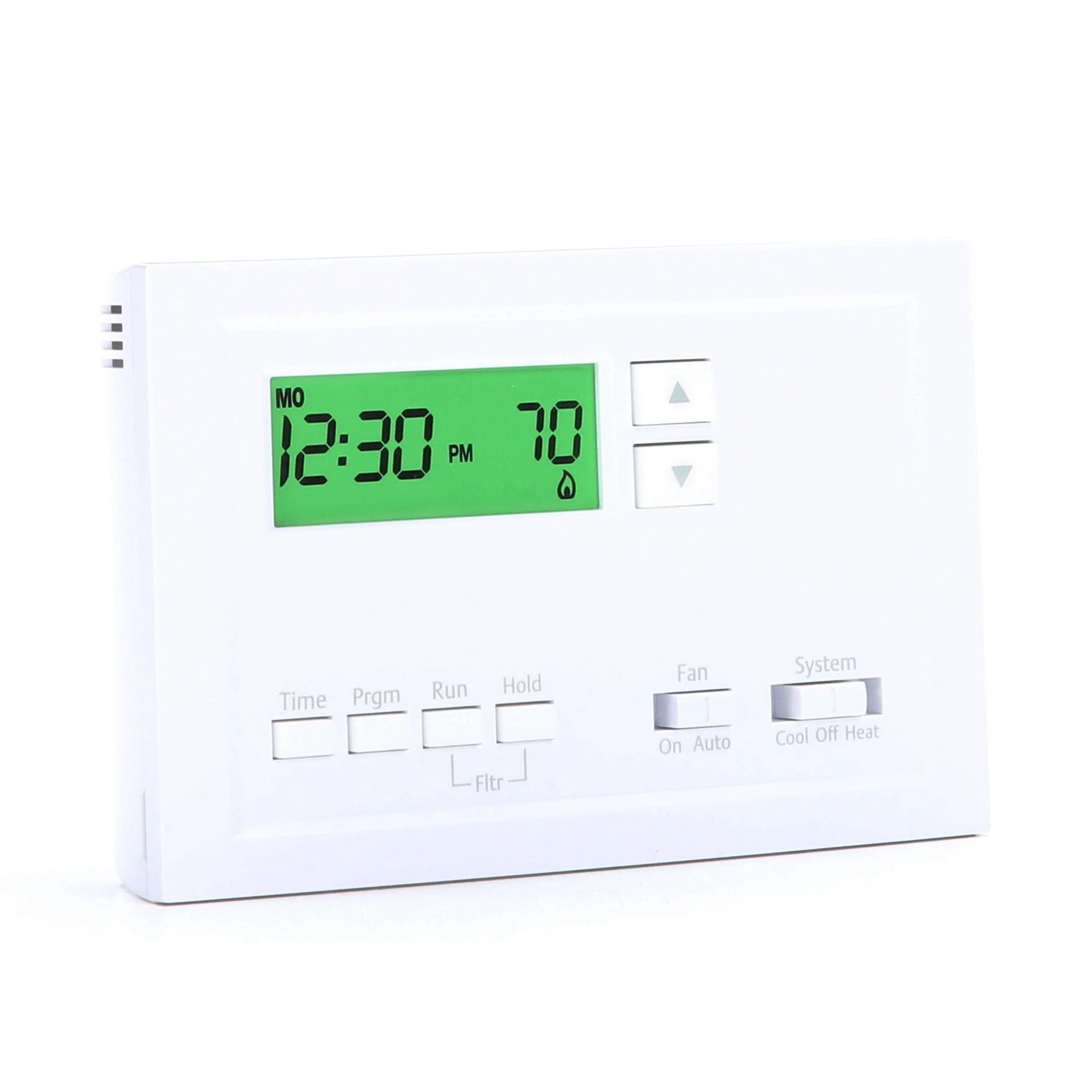
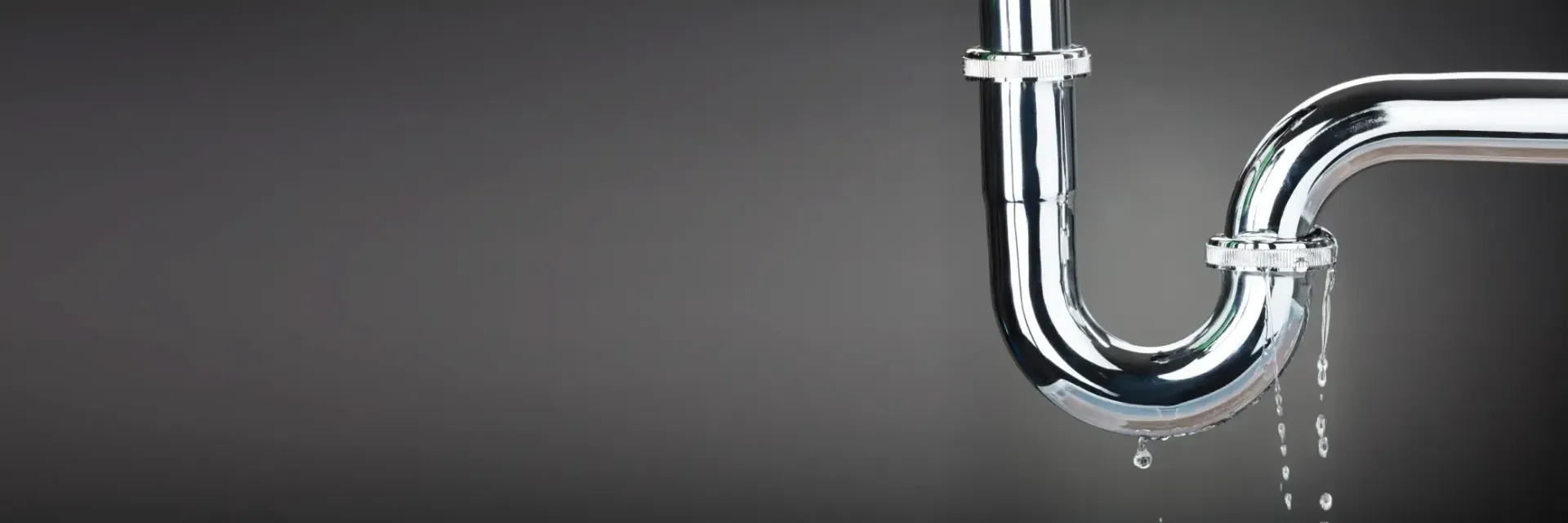
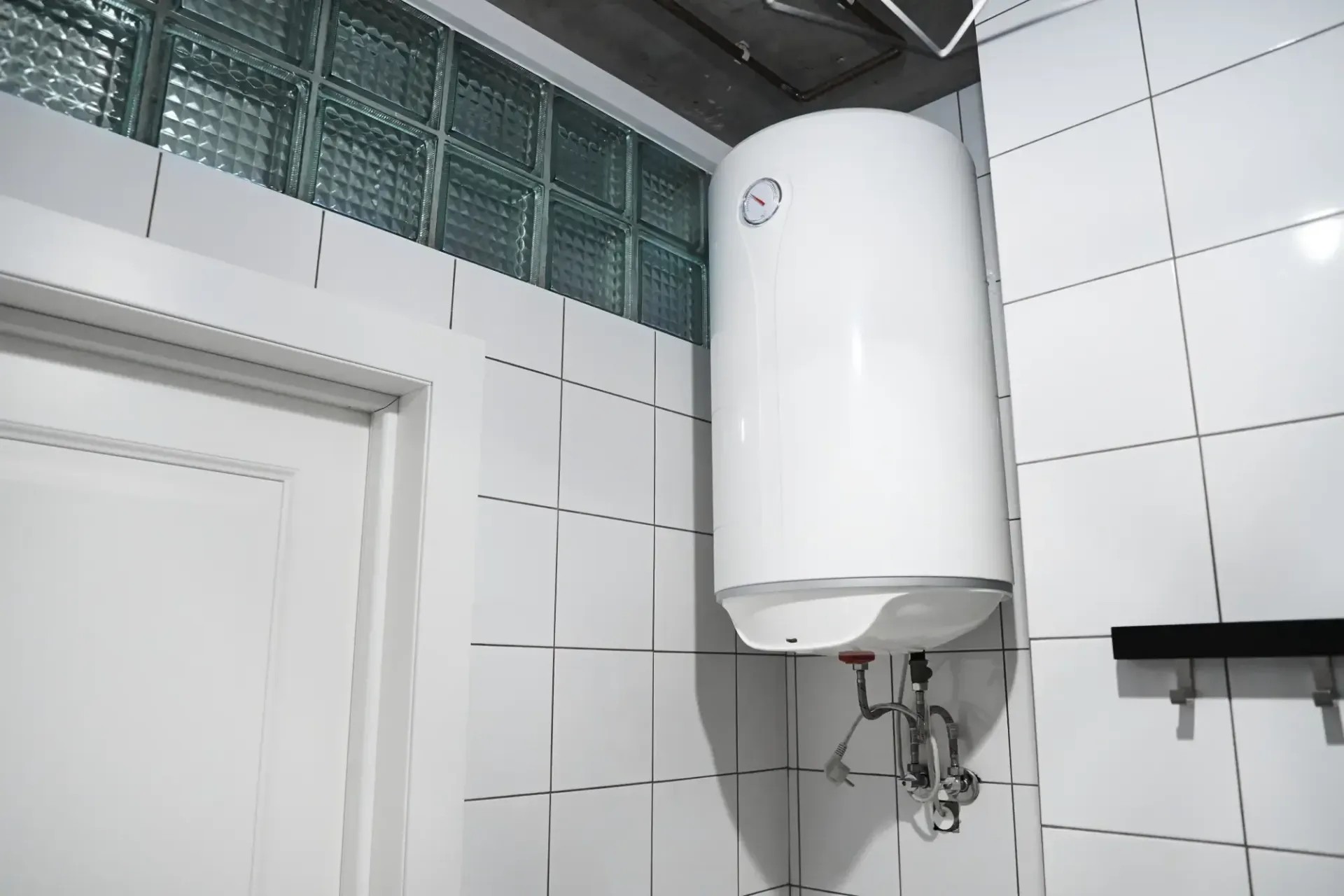
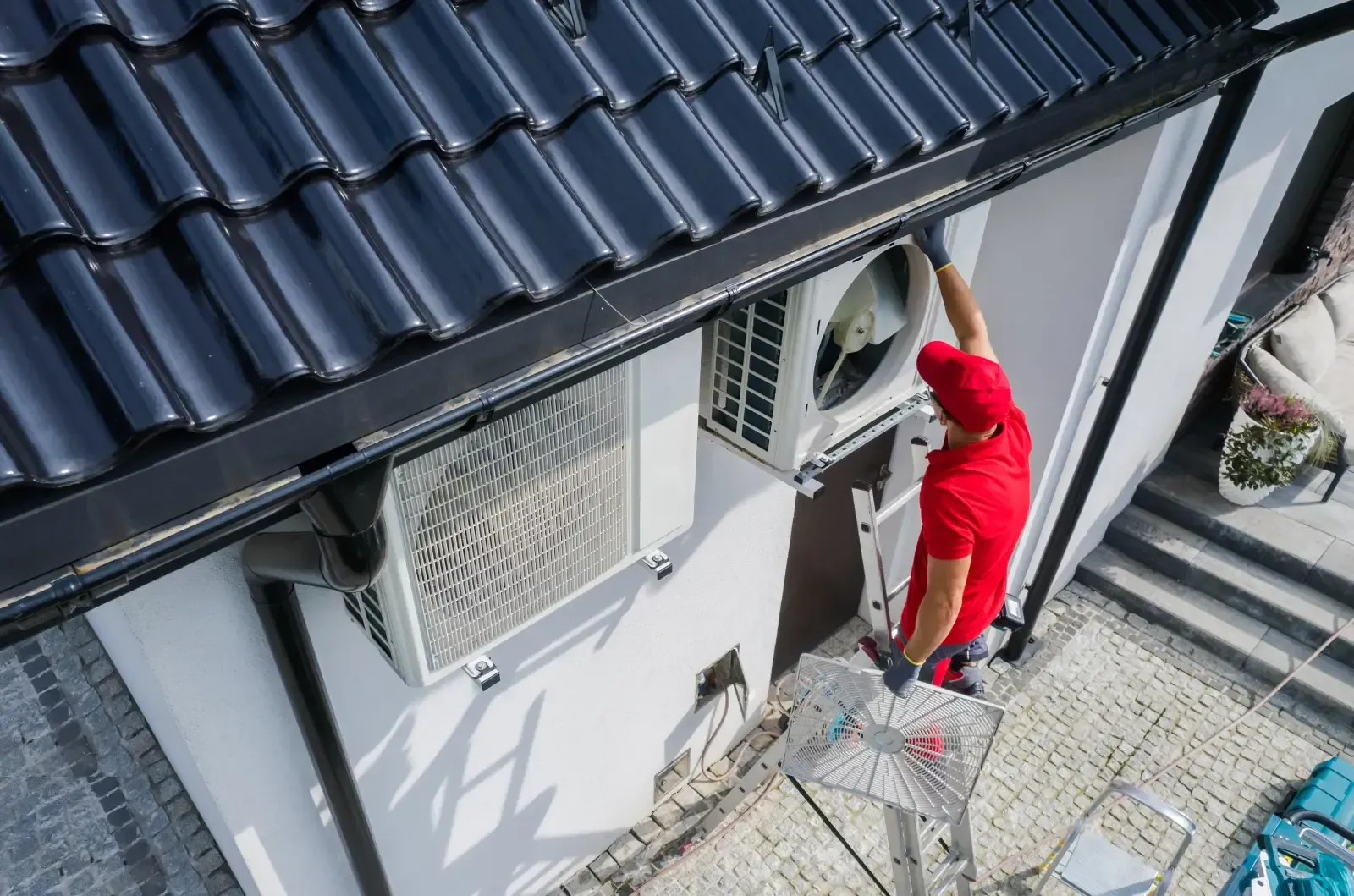
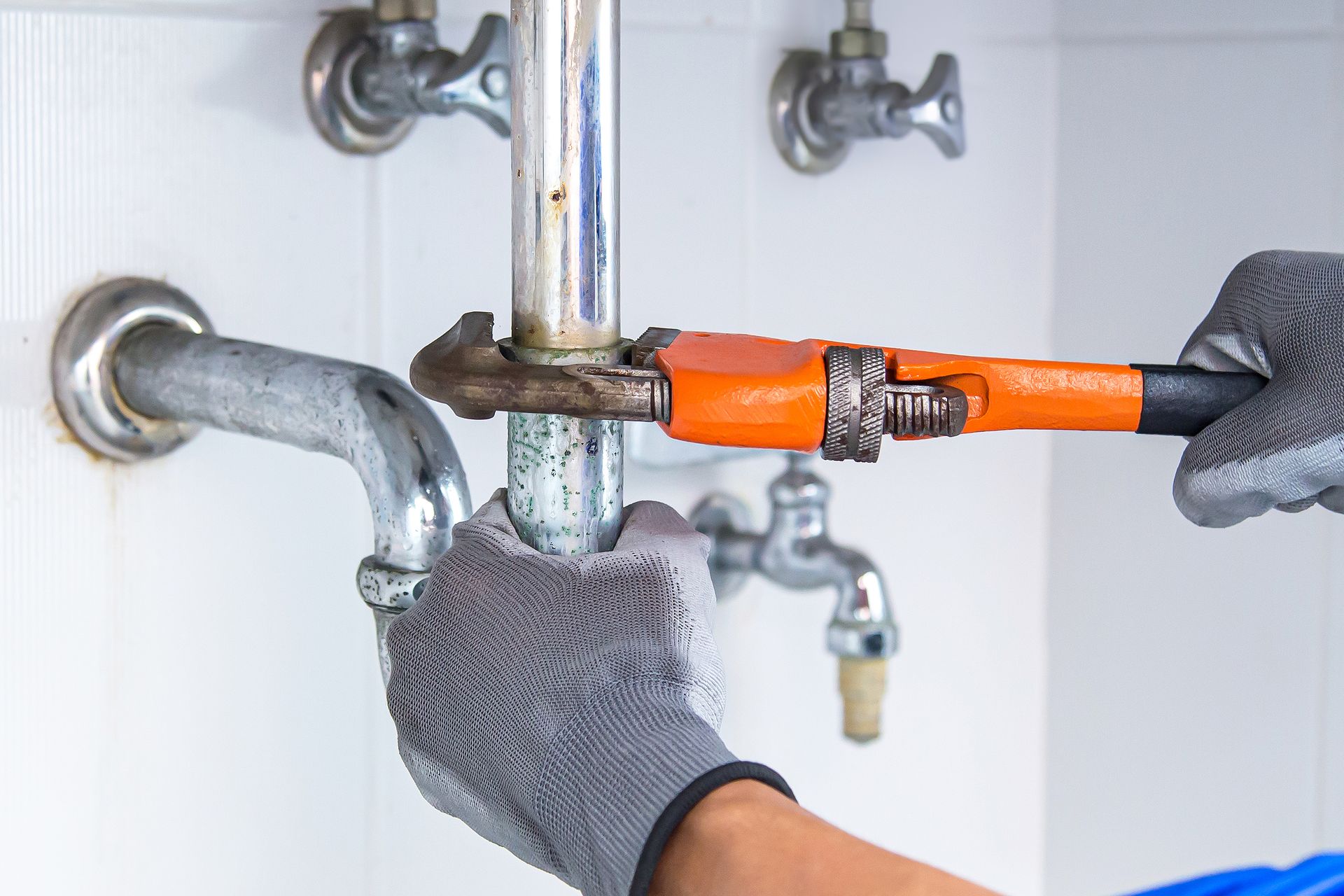
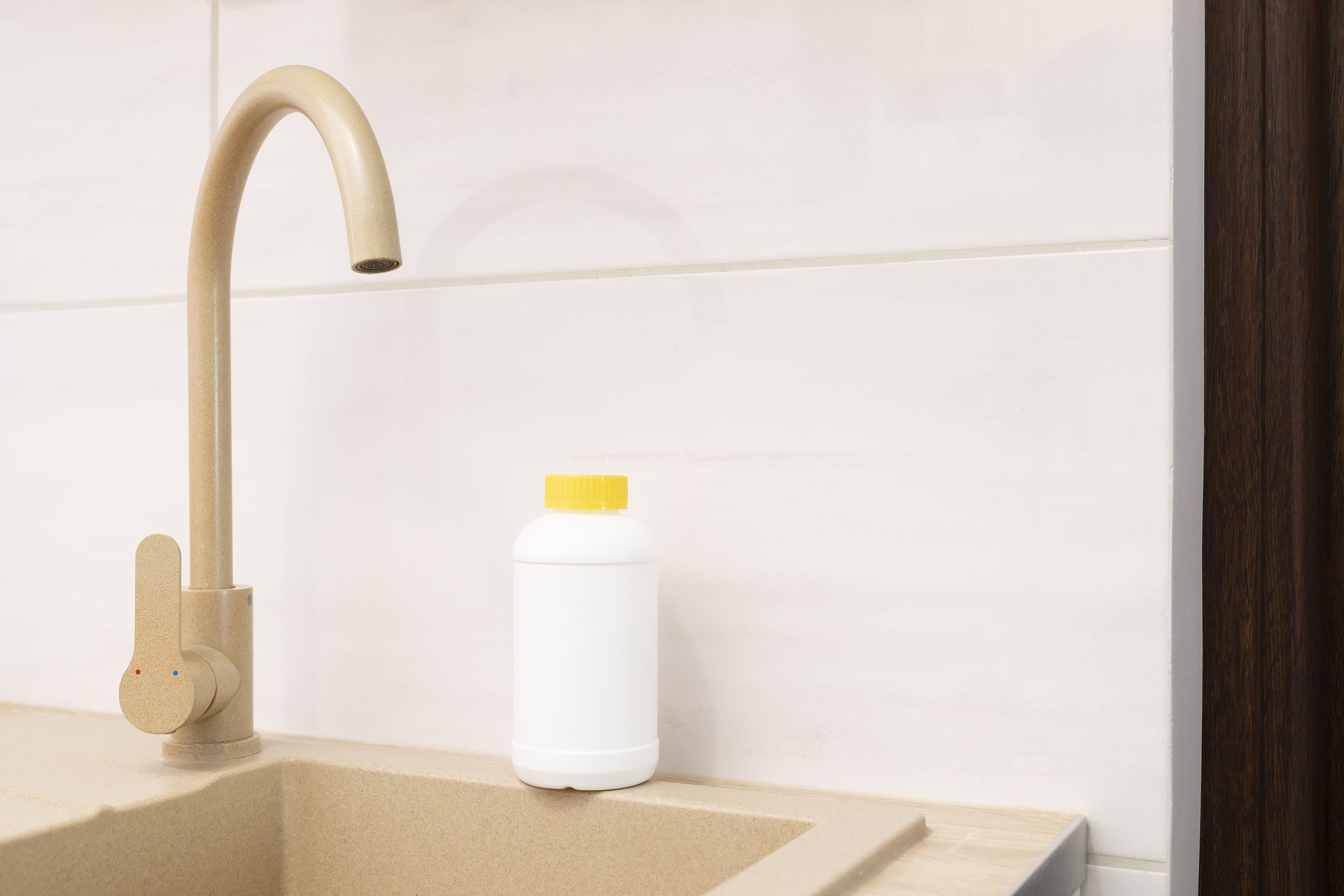
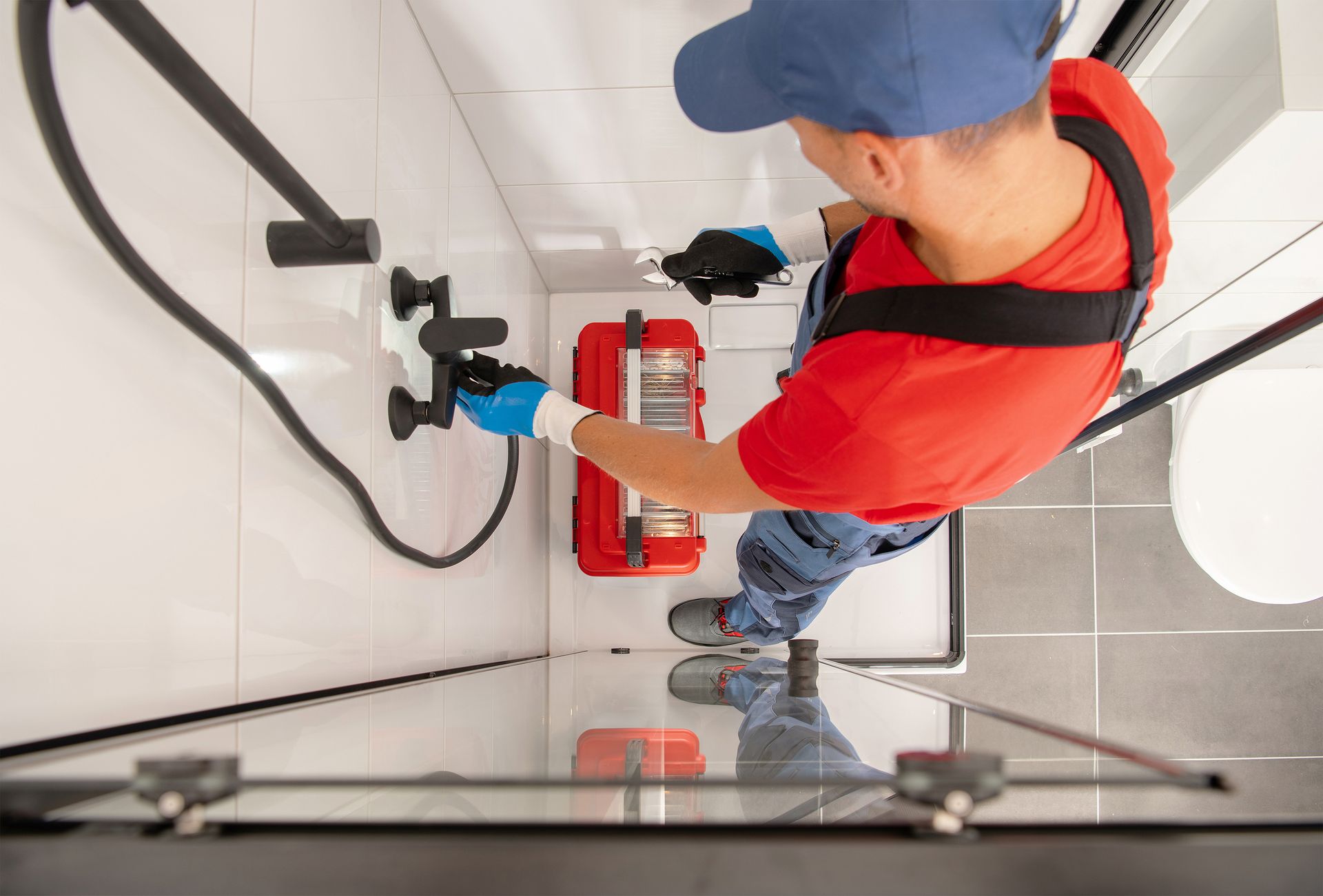
Share On: